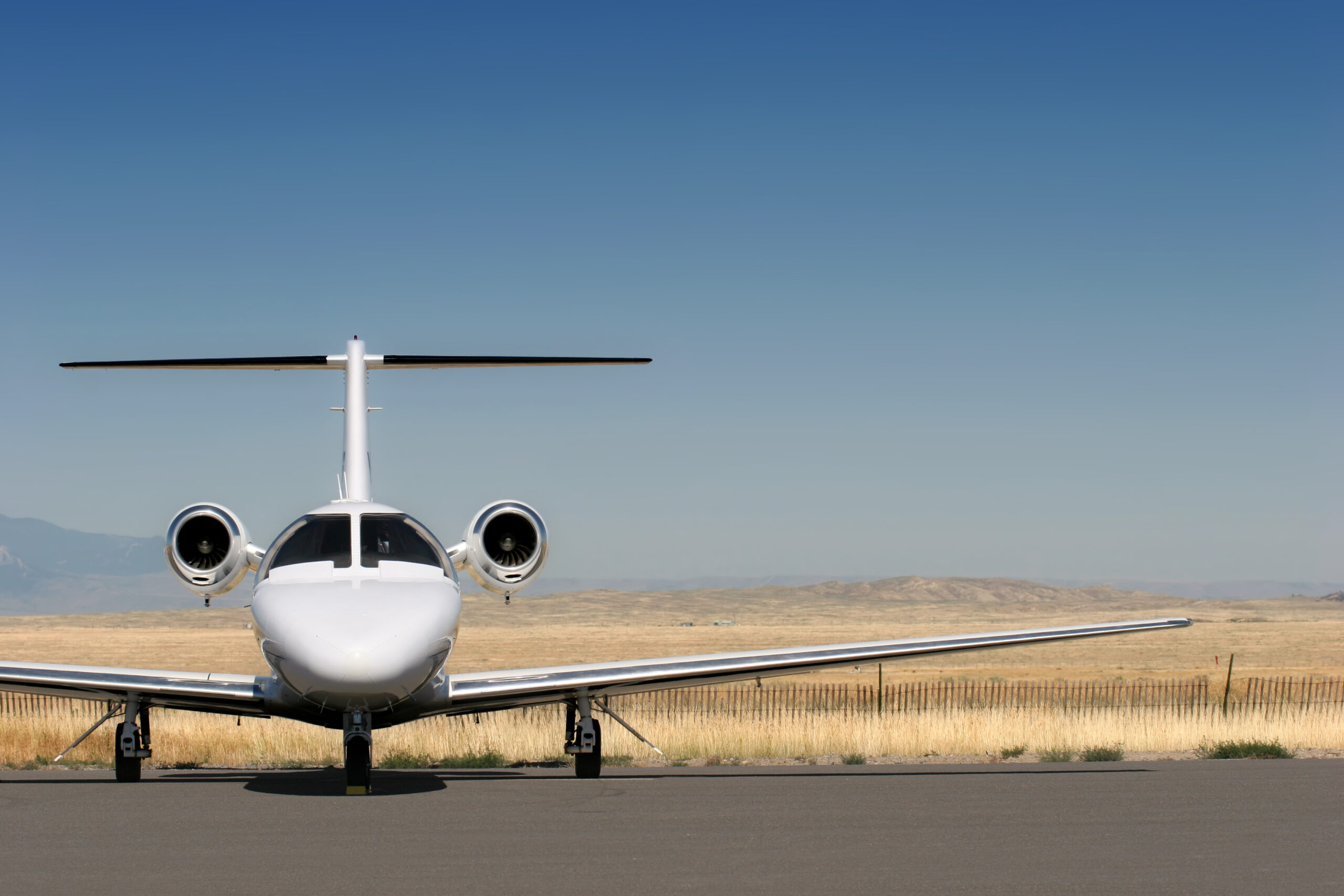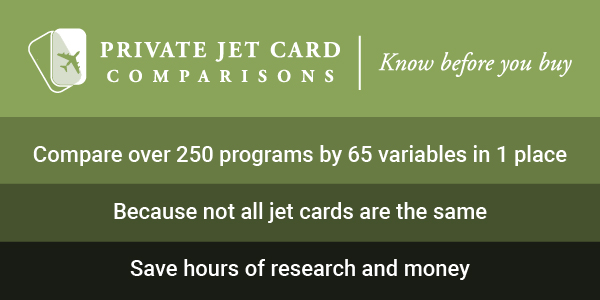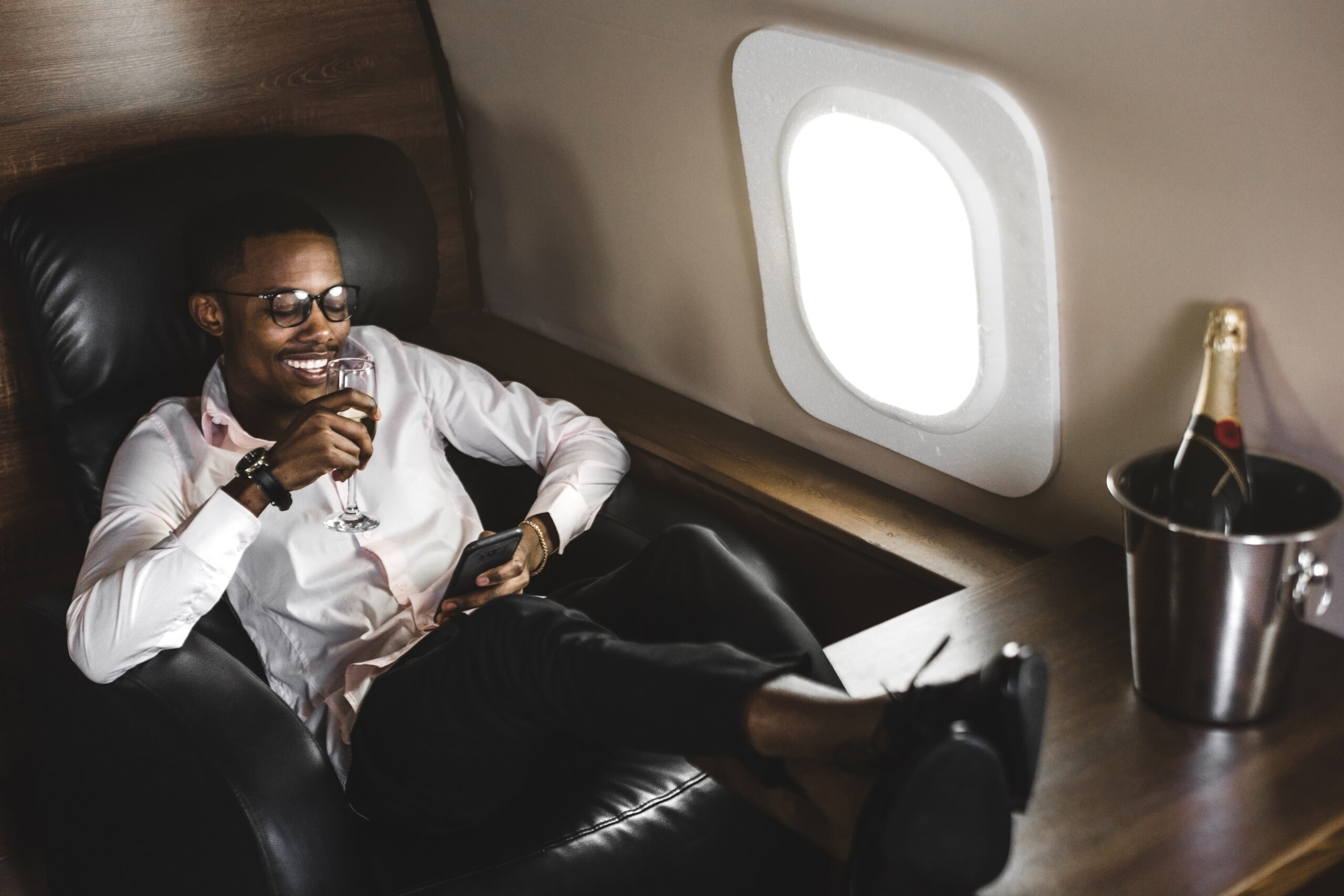Before the pandemic, private jets were often shunned due to their carbon footprint but a new focus on personal health means usage will rocket. Doug Gollan reports
While much has been written about private aviation’s rebound, particularly in North America where flying is approaching 70 per cent of pre-Covid-19 levels, there are at least six distinct trends driving the increased demand.
And while being 30 per cent below last year’s figures may not normally seem like a good result, keep in mind that airline passengers as measured by TSA are still tracking at a shocking 85 per cent decline.
Here’s what’s driving private jet travel…
1. First-Time Flyers
McKinsey recently indicated prior to the Covid-19 pandemic that only 10 per cent of those who could afford to fly privately were doing so. In other words, the traditional private aviation sales pitch of efficiency, privacy and ease-of-travel wasn’t compelling enough for the vast majority of the addressable market.
Two round-trip first class tickets from New York to Miami could be had for around US$2,000, and there were dozens of daily flights and multiple airports to choose from. Pre-Check and CLEAR eased the time spent waiting in security lines.
By contrast, chartering your own jet runs from US$25,000 and up. Saving a few hours and a more pleasant experience wasn’t enough to justify the greater expense for many. Even filling a six-seat light jet would mean paying twice as much. In the US, it’s estimated there are between one and two million affluent households and businesses who are in the addressable market for private aviation.
2. Hygiene Focus
While the airlines argue that it’s not necessary to social distance onboard their aircraft – in other words, they plan to sell every seat, and internet images of crammed planes abound, private aviation providers from the outset have been proactive in selling health-safety advantages.
Face masks for flight crew and staff at the private jet terminals – FBOs [fixed-base operators] – is de rigueur. Operators that typically use airlines to reposition pilots are using their own private jet fleets to minimise exposure.
Flight crews take multiple daily temperature checks and major providers are testing crews for Covid-19. Most operators have applied special anti-bacterial treatments to aircraft interiors. There is extra intensive cleaning before and after flights. Magazines and newspapers have been removed from terminals and planes. Private jet companies are also vetting their ground transportation partners.
In other words, the industry quickly understood that fear sells, and reducing exposure to a virus without a cure was a compelling sales pitch. They’ve back it up by investing in cleanliness. A study by one operator showed potential exposure to Covid-19 is 30 times lower when flying privately.

3. Lower Cost of Entry
Private aviation was also impacted, at its nadir, seeing flights drop by as much as 80 per cent in April. That has meant in some cases previously unseen low prices for on-demand charters coming from fleet operators.
While most private aircraft you fly on when you charter are owned by individuals or companies that rent them out when they don’t need them, there are also a number of significant owned fleets. Many owners didn’t want their planes used by others during this period, but for those operators with their own airplanes, with lower fuel prices, and fixed costs that don’t go away when planes are on the ground, the idea was to keep them in the air at steep discounts.
At the same time, more companies launched pay-as-you-go membership programs where you pay a joining fee, and are then guaranteed flights at a fixed rate. Others reduced the typical buy-in for jet cards from 25 hours to five or 10 hours. That meant for newcomers, instead of having to wire US$150,000, they could get started for under US$10,000.
4. Business Travel Resurgence
As businesses reopen, more business travel is again becoming necessary. Of course, with airline schedules at skeleton levels, getting where you go has become more difficult. Missing a connection often means overnighting at a hub. Fewer trips can be done in a single day, and clients are still formulating policies about accepting visitors who arrive by airlines as part of their duty-of-care requirements.
At the same time, companies expect to save on trade shows, conferences and other marketing expenses. They are also expanding the number of team members who qualify for private travel. The combination has meant companies that used private aviation are expanding its usage and others that hadn’t are now giving it a try, using savings from other budget items.
For assistance with visas, Evisa Express provides assistance with electronic visas to dozens of countries worldwide, from Mexico and the US, to Russia and Saudi Arabia making business trips that bit easier.
5. Visiting Second Homes
As airlines have reduced schedules, and parents are concerned about unknown impact of Covid-19 on children, those visits to second homes – both by driving or flying commercially – are being switched to private aviation. In some cases, it just isn’t possible to get away for that long weekend with the airline schedules. In other cases, affluent households are concerned about having to stop while driving.
Many of these new Second Home private fliers are also older, retired and partially retired consumers. The kids are now running the business day-to-day, or as chairman emeritus, there is no need to be at an 8 am Monday staff meeting. For these wealthy travelers who fall in the high-risk segment, they want to visit their second homes, but don’t want to risk exposure to the potentially deadly virus.
6. Protecting Loved Ones
Whether its children with asthma – the Asthma and Allergy Foundation says there are 6.2 million children under the age of 18 with the condition – taking the kids to see grandparents, or having a high-risk loved one at home, flying privately will be priceless for those who don’t want to risk infecting those dear to them.
What’s ahead?
Most newcomers will be low-frequency travellers, expecting to use private aviation for a few trips per year. Common wisdom is that once you fly privately, it’s hard to go back.
Still, it’s a false promise to believe you can fly the same number of trips privately for close to the cost of the airlines. The average number of passengers on a private jet is four, and private jets typically seat between six and 14 passengers.
In other words, to figure out cost compared to airline travel, you need to divide by the number of seats you are filling, not number of seats on the plane. Jet sharing may see a boost, but in the past, jet sharing has worked best when there was high activity during short periods, like flying to the Super Bowl.
Whether or not private aviation companies can keep newfound customers in part is probably out of their hands. If airlines, already under huge financial pressure, decide to use the crisis to prune routes and frequencies, further reduce in-flight services for the long-term, keep lounges closed and can’t keep their planes clean, new private flyers will likely be inclined to stay away.
Doug Gollan is founder and editor-in-chief of Private Jet Card Comparisons, an independent buyer’s guide comparing over 250 private jet membership programmes.

What’s coming next? Trend reports available to download HERE




